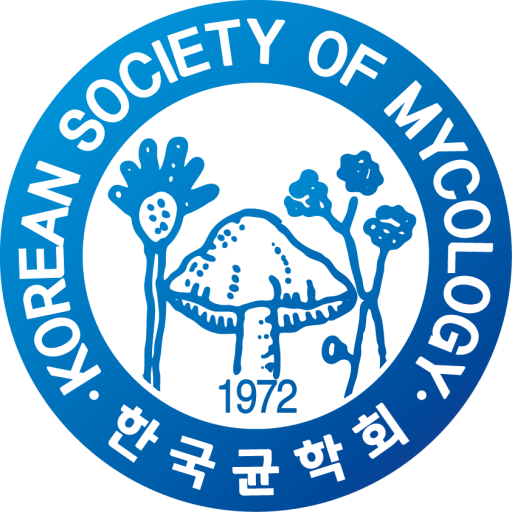Identification of the Causal Fungal Pathogens of Pepper Wilting Symptoms in Korea
Hyeon-Yeong Ju1, Woohyung Lee1, Juhyeong Han2, Noh-Hyun Lee2, Wonjae Jeong2, Jeong-Hyeon Byeon2, Min Son2, Eun-teak Hwang2, Han-A Cho2, Dongbeen Cho2, Kwang-Hyung Kim2, Hyo-Won Choi1*
1Plant Disease Protection Division, National Institute of Agricultural Science, Wanju, Korea
2Department of Agricultural Biotechnology, Seoul National University, Seoul, Korea
*Email: hyon338@korea.kr
We surveyed 149 chili pepper (Capsicum annuum L.) fields across South Korea during July–August 2025 to investigate wilt-associated pathogens. Wilting symptoms were observed in 15 fields (10.1%): seven in Jeollabuk-do, five in Jeollanam-do, and three in Chungcheongbuk-do. Four fungal genera were isolated from the basal stems of symptomatic plants: Fusarium spp., Pythium spp., Macrophomina phaseolina, and Phytophthora capsici. Fusarium spp. were the most common, detected in 10 fields, and identified as F. falciforme, F. oxysporum, and F. solani using TEF-1α, RPB1, and RPB2 sequence data. Among them, F. falciforme was dominant, found in five fields. Pythium spp. were isolated from four fields and identified as P. myriotylum and P. aphanidermatum using ITS, coxⅡ, and β-tubulin markers. M. phaseolina and P. capsici were each isolated from one field. These results highlight the current distribution of wilt-causing pathogens in chili pepper fields in South Korea and provide a foundation for future disease management strategies.

 English
English